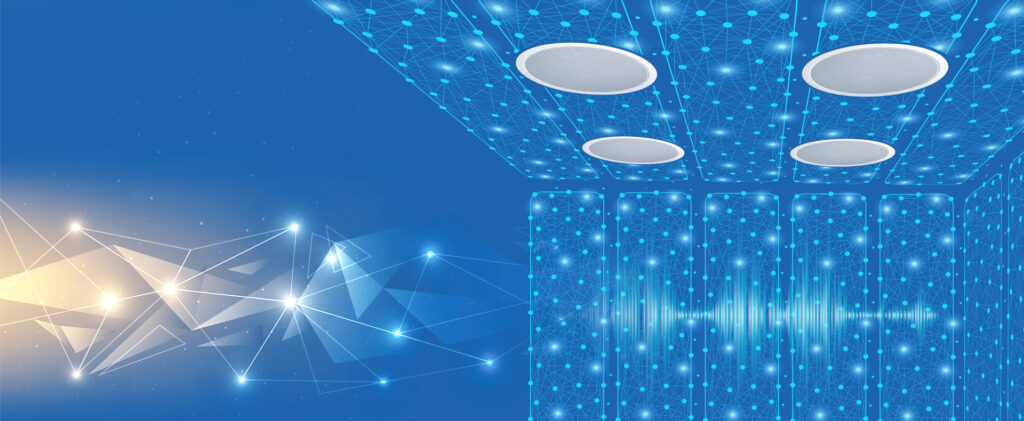Illuminating the Impact of Illumination Conditions on Movement Identification Accuracy and Dependability
Illuminating the Impact of Illumination Conditions on Movement Identification Accuracy and Dependability
Blog Article
Lighting conditions have a significant role in the way effectively we can perceive motion. Motion detection is a key component of different systems, including security cameras, automated lighting systems, and also certain video games. Comprehending the ways different lighting environments influence our capacity to detect motion can assist enhance the development and efficacy of these systems. For example, poor lighting can result in overlooked motions or incorrect alarms, while optimal lighting can enhance the accuracy of motion detection technologies.
In well-lit illumination conditions, movement detection is typically more accurate. As there is ample light, sensors and cameras can obtain clearer pictures, which helps in recognizing moving objects. Well-lit environments allow for better contrast between the moving element and the surroundings. This contrast is crucial for both human viewers and automated technologies, as it makes it simpler to differentiate between stationary and dynamic objects in a scene. Therefore, making sure that areas are well-lit can greatly improve the effectiveness of motion detection technologies.
Conversely, dim conditions can present challenges for movement detection. In dim settings, shadows can hide moving elements, which makes them difficult to perceive. Additionally, the human eye faces challenges to detect movement in dim conditions, which can lead to misunderstanding of the situation in the surroundings. Cameras may also face difficulties, as many do web not function well in low light without the use of infrared capabilities or alternative enhancements. These limitations highlight the importance of adequate illumination in settings where motion detection is critical.
Moreover, various kinds of illumination can have varying effects on motion detection. For example, neon lights can flicker, which can confuse movement detection systems that rely on steady light sources. On the other hand, daylight provides a steady source of lighting that enhances clarity. Understanding these differences in lighting conditions can assist operators in selecting the most suitable illumination for specific applications, particularly in security and safety scenarios.
In important site summary, the connection between lighting conditions and motion detection precision is important. By making sure that settings are appropriately lit, we can enhance the reliability of motion detection technologies. This knowledge not only supports technological applications but also improves safety and security in various environments. As further developments are made in movement detection systems, taking into account lighting conditions will remain a vital factor in optimizing effectiveness and guaranteeing that these technologies function effectively in different environments.